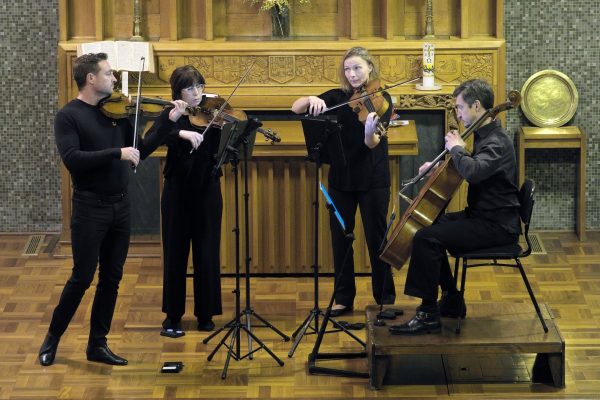
Music / “The Art Music of Joe Hisaishi”, Phoenix Collective Quartet. At Wesley Uniting Church, Forrest, August 4. Reviewed by LEN POWER.
JOE Hisaishi (born Mamorou Fujisawa in 1950) is best known for his scores to blockbuster Japanese anime films such as “Howl’s Moving Castle” and “Spirited Away”.
The partnership of Hisaishi and Studio Ghibli led to some of the best-loved film scores of all time, encompassing the historical fantasy “Princess Mononoke,” the whimsical “Porco Rosso” and the charming coming-of-age story “Kiki’s Delivery Service”.
Hisaishi’s success as a film composer has led to him being dubbed “the Japanese John Williams”. Hisaishi has always produced his own art music in tandem with his film scores. Influenced by jazz and Japanese electro-pop, Hisaishi explores a musical language in his art music that has an entirely different flavour to his sweeping cinematic scores.
Phoenix Collective Quartet’s concert began and ended with examples of Hisaishi’s film music. Several of them had been arranged by Phoenix Collective’s cello player, Andrew Wilson.
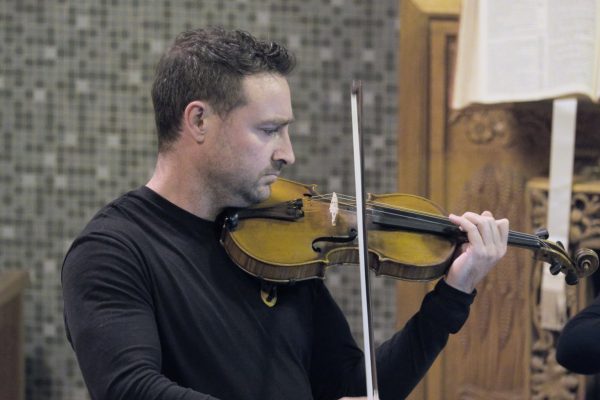
Beginning with “Mononoke Time” from the film “Princess Mononoke”, the music was very appealing, melodic and accessible, immediately engaging the emotions and taking us on a very pleasant journey. All the items of film music played were of various moods, some more edgy and tense than others, but all were very enjoyable and expertly played by the quartet.
As well as the film music, there was the Australian premiere of Joe Hisaishi’s “String Quartet No. 1”. Written in 2012, it was inspired by Hisaishi’s exploration of the artworks of Vermeer and Escher. This example of his art music was very different to his film music.
The four works which subsequently became the String Quartet No. 1 are Hisaishi’s responses to four works by the Dutch artist MC Escher.
Known for his mesmerising fractal artwork, Escher’s detail and visual illusions are reflected in the almost mathematical complexity of Hisaishi’s composition.
Audience members were given copies of the four Escher works to refer to as each of the four movements focused on a particular work. The four movements were “Encounter”, “Phosphorescent Sea”, “Metamorphosis” and “Other World”.
The music was a remarkable response to these Escher “landscapes of the mind”. Unlike the film music of the composer, this work was challenging, atmospheric and deftly evoked a sense of other worldliness, time and space. It clearly required musicians of exceptional skill to play it and the Phoenix Collective Quartet met the challenge brilliantly.
The members of the quartet, artistic director Dan Russell, violin; Pip Thomson, violin; Ella Brinch, viola and Andrew Wilson, cello, richly deserved the enthusiastic applause from the audience at the end of this remarkable concert.
Who can be trusted?
In a world of spin and confusion, there’s never been a more important time to support independent journalism in Canberra.
If you trust our work online and want to enforce the power of independent voices, I invite you to make a small contribution.
Every dollar of support is invested back into our journalism to help keep citynews.com.au strong and free.
Thank you,
Ian Meikle, editor
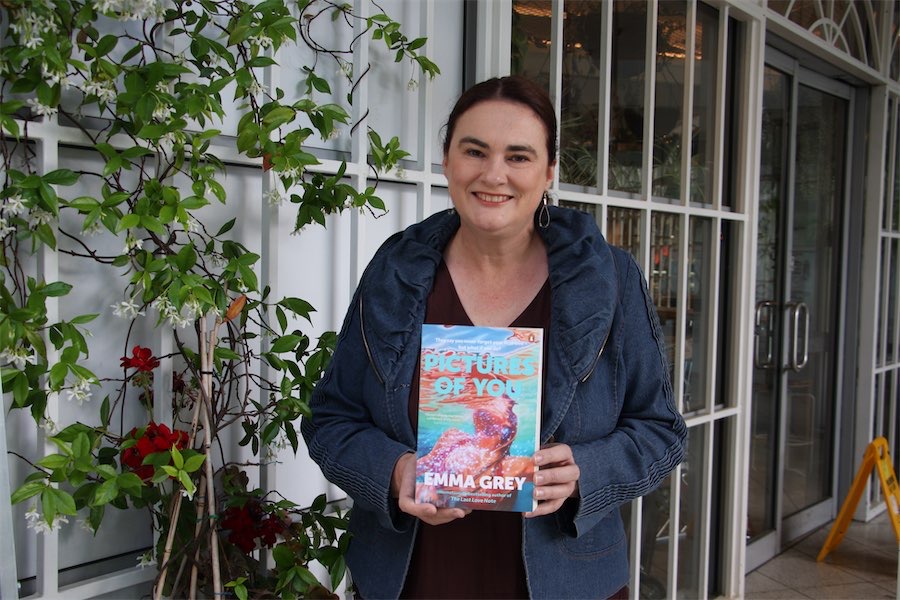
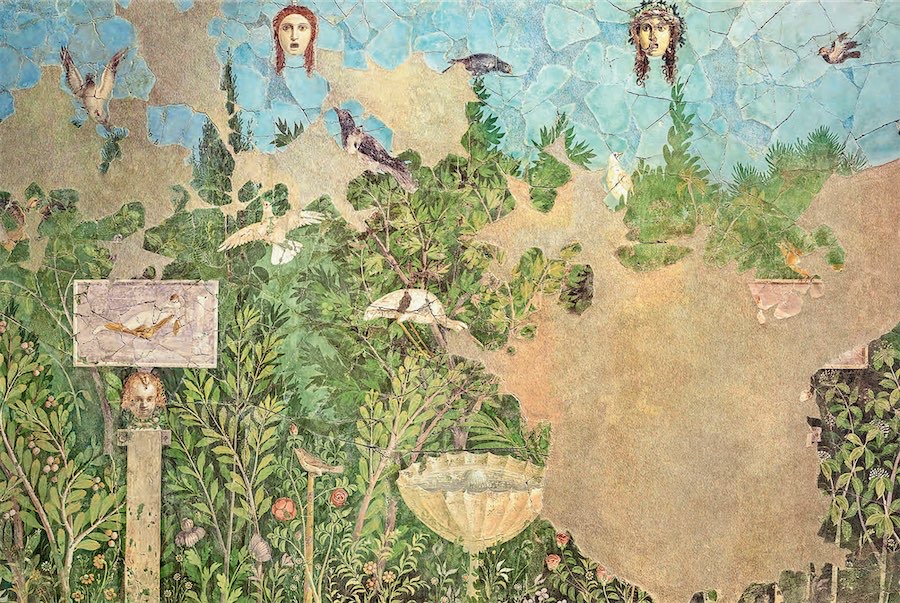
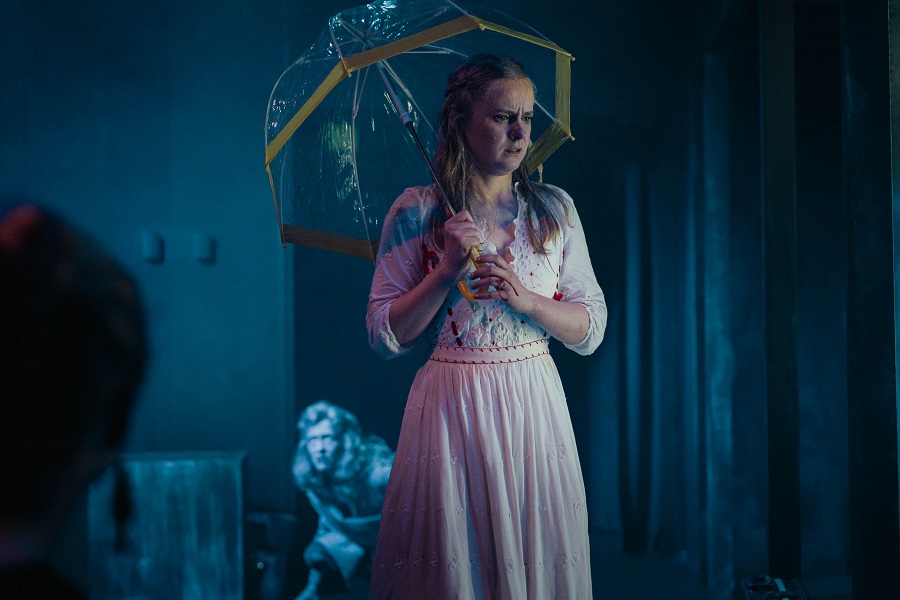

Leave a Reply